The California Public Utilities Commission’s own Division of Ratepayer Advocates (DRA) last week blasted the appointed members of the Commission for failing to adequately investigate potentially lethal problems with PG&E’s ‘Smart’ Meter program. Saying that ‘there is clearly a high level of public concern’ about the health impacts of ‘smart’ meters, the DRA forcefully asserts that ‘the Commission would be remiss in its duty to ensure “safe and reliable” service if it did not solicit further evidence and perform an analysis.” (on health problems associated with RF emissions, the ignition potential of meters in proximity to natural gas lines, and electronic interference associated with ‘smart’ meters.)
The Division of Ratepayer Advocates is technically a part of the CPUC, “tasked by statute with obtaining the lowest possible rate for service consistent with reliable and safe service levels. In fulfilling this goal, DRA also advocates for customer and environmental protections.”
The employees of the DRA do not have to be told what can happen when PG&E’s safety standards slip in order to generate more profit for a corporation like PG&E. DRA employee Jacqueline Greig and her 13 year old daughter Janessa were tragically killed in the San Bruno blast last month. The blast has been linked with lax safety standards on the part of PG&E management, and questions have been raised about the potential that ‘smart’ meters may have played a role in the disaster (San Bruno was 100% installed at the time of the explosion).
Along with strong, new, peer reviewed evidence of the reality of electrohypersensitivity, growing awareness of cell phone health dangers, and nervous chattering amongst industry insiders that the smart grid may not be all it’s cracked up to be, there is more pressure than ever before on the CA Public Utilities Commission to immediately halt any further smart meter installations, urgently convene an investigative panel to look into the growing allegations of ‘smart’ meter dangers, and take appropriate action to ensure that the health and safety of Californians is paramount.
If the CPUC and the State fail to adequately respond to a growing demand for answers- if they continue to bury their collective heads in the sand, they will lose their credibility. Other government agencies- including local governments- must be prepared to usurp their authority where it is being abused. Cities and counties will continue to ban the devices, and individuals and families will continue to resist- if necessary using peaceful civil disobedience- to stop these untested, radiating devices from being attached to our homes.
Whatever happens, it is sure to get ugly if the CPUC fails to fulfill its statutory obligation to protect the health and safety of Californians.
-SSM!
Following are excerpts from the DRA letter:
DRA recommends that the Commission gather data related to the radio frequency (RF) issues (interference and health effects of radiation). The Commission should review this data before additional action is considered, in a public proceeding, with the participation of consumer advocates and other interested stakeholders.
DRA recommends immediate Commission action to address concerns about RF interference and possible adverse impacts on health and safety. Such concerns have been raised in filings by local governments (11), and consumers (12), and by numerous individual customers in person at Commission public business meetings. This level of public concern warrants action by the Commission to determine if these concerns are well founded……
The Commission has an obligation to investigate whether these concerns are well founded, in a public proceeding. To the extent that the Commission finds, based on information that is publicly and properly vetted, that the public’s concerns are misplaced, the Commission’s actions and explanations should reassure the public. If the Commission finds that there are health or safety problems that need to be addressed, it can (and must) proceed to finding solutions.
PG&E should be ordered to quantify SmartMeter RF emissions and customer exposure levels. First, PG&E should quantify the per-unit RF emissions generated from SmartMeter components, including the data collector unit (DCU), the meter network interface card (NIC), the home area network (HAN) transmitter, and any other source of RF emissions. Emissions should be quantified in terms of emission power, directionality and time duration (duty cycle) for Aclara gas modules and all types of electric meters deployed. Second, RF exposure levels should be modeled for representative customers.
These levels should include the cumulative radiation from each SmartMeter component that irradiates a given customer location. Modeling scenarios should include a worst-case scenario, such as multiple meters located inside a building and very close to a stay-at home occupant. Other scenarios should reflect a full range of key variables including the distances between meter and occupants, communication duty cycles, HAN enabled equipment, and building materials between the meter and the occupants. These emissions should be compared with those from other RF sources – including cell phones, cell towers, wifi transmitters, cordless phones, and baby monitors – to determine the relative magnitude produced by the entire SmartMeter system. Both peak and time averaged emissions should be analyzed. Finally, the resulting RF exposure levels, including those from the existing background sources mentioned above should be compared to applicable health guidelines and standards, such as FCC limits for “maximum permissible exposure”.
The Commission should direct PG&E to explain what safety precautions it took in deploying SmartMeter equipment in close proximity to natural gas equipment. PG&E’s deployment of SmartMeters results in the collocation of flammable natural gas with electronic measurement equipment. This situation is not technically unique since low-voltage electronic meters are used to measure pressure, flow, and other variables when controlling the flow of flammable substances in industrial processes such as petroleum refineries and NASA launch facilities. However, in the industrial environment, zoning regulations mitigate the damage that could be caused by a potential explosion by prohibiting the location of industrial plants near homes. AMI is unique due to the number of meters installed, and their proximity to our homes and businesses, which multiplies rather than mitigates the impact of any potential safety issues. DRA recommends that PG&E explain the safety precautions taken in installing SmartMeter equipment in close proximity to natural gas equipment. This explanation should discuss all potential ignition mechanisms, including RF emissions from both gas and electric meters. It should describe specific state, national, and industrial standards which apply to SmartMeters, and how SmartMeters complied with them. PG&E’s response should compare the laboratory conditions under which the meters were tested, to those experienced in actual SmartMeter installations. PG&E should also address the probabilistic impact of nearly 10 million meters dispersed throughout our neighborhoods and workplaces, compared to those installed in small numbers in secure or remote industrial sites.
The Commission should review SmartMeter customer complaints to determine the prevalence and magnitude of interference from Smart Meters. While static on a cordless telephone might be characterized a nuisance, false trips of garage door openers and motion sensors connected to security alarms could jeopardize the welfare of customers and their property. Thus, it is possible that SmartMeters generate “harmful interference” contrary to FCC regulations.
The Application notes that the Structure Group reviewed 1,378 electric SmartMeter complaints as part of its investigation culminating in its September 2, 2010 report. While questions about interference were not part of Structure’s scope of work, two of twenty customers interviewed “experienced electrical problems due to SmartMeters.” The report further states that:
• There is a possibility for a meter in close proximity to FCC Part 15
Unlicensed Radio Frequency (RF) devices and transmitting data via a 1 watt radio transmitter to create operational interference (e.g., static, trip, or outage) when the RF signal passes though these devices. While static on a cordless telephone might be characterized a nuisance, false trips of garage door openers and motion sensors connected to security alarms could jeopardize the welfare of customers and their property. Thus, it is possible that SmartMeters generate “harmful interference” contrary to FCC regulations.
Based on the Structure Report’s limited finding that 10% of customers interviewed experienced electrical problems, DRA recommends a more detailed review of the data gathered by Structure Group, and any other complaints received after the investigators stopped gathering data on June 10, 2010. The Commission might also consider ordering PG&E to explain the steps it took to limit interference from SmartMeters and how interference problems were resolved for customers who experienced such problems.
The Commission has a responsibility to protect public health and safety. Although DRA’s statutory mandate is to try to obtain “the lowest possible rate for service consistent with reliable and safe service levels” (Public Utilities Code § 309.5(a)), and in that role supports the provision of service that is safe and reliable, the Commission has the primary authority and responsibility to protect the health and welfare of
…the Commission would be remiss in its duty to ensure “safe and reliable” service if it did not solicit further evidence and perform an analysis. DRA recommends the Commission gather data related to RF health, safety, and interference. The Commission should review this data, with the participation of interested parties, before additional action is considered. It is very important that this review be conducted publicly. To fully address the concerns that have been raised, the Commission should ensure that accurate, non-biased, comprehensive, evidence-based data is gathered and used to support its findings. It may want to consider public outreach efforts to ensure that the Commission’s findings and resolutions of RF issues restore public confidence in SmartMeters (if such confidence is warranted). Without that confidence, customer use of AMI as a tool for conservation and demand response may not be realized.
(11) See motions to intervene and other filings in support of the City and County of San Francisco’s petition seeking temporary suspension of SmartMeter deployment pending investigation, filed by the City and County of Santa Cruz, the City of Capitola, the City of Scotts Valley, the City of Monte Sereno, the City of Watsonville, and the Town of Fairfax, in A.07-12-009.
(12) See, e.g., Application of Heather Epps for Modification of D.06-07-027 and D.09–03-026
(A.10-09-015).

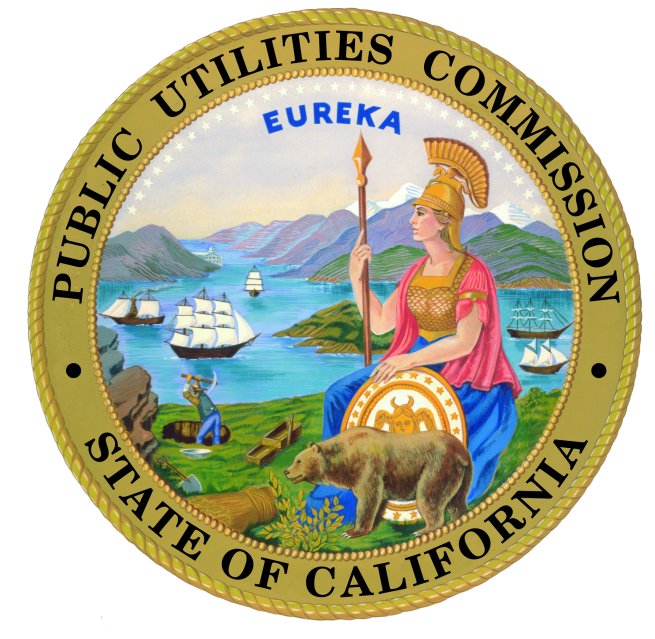
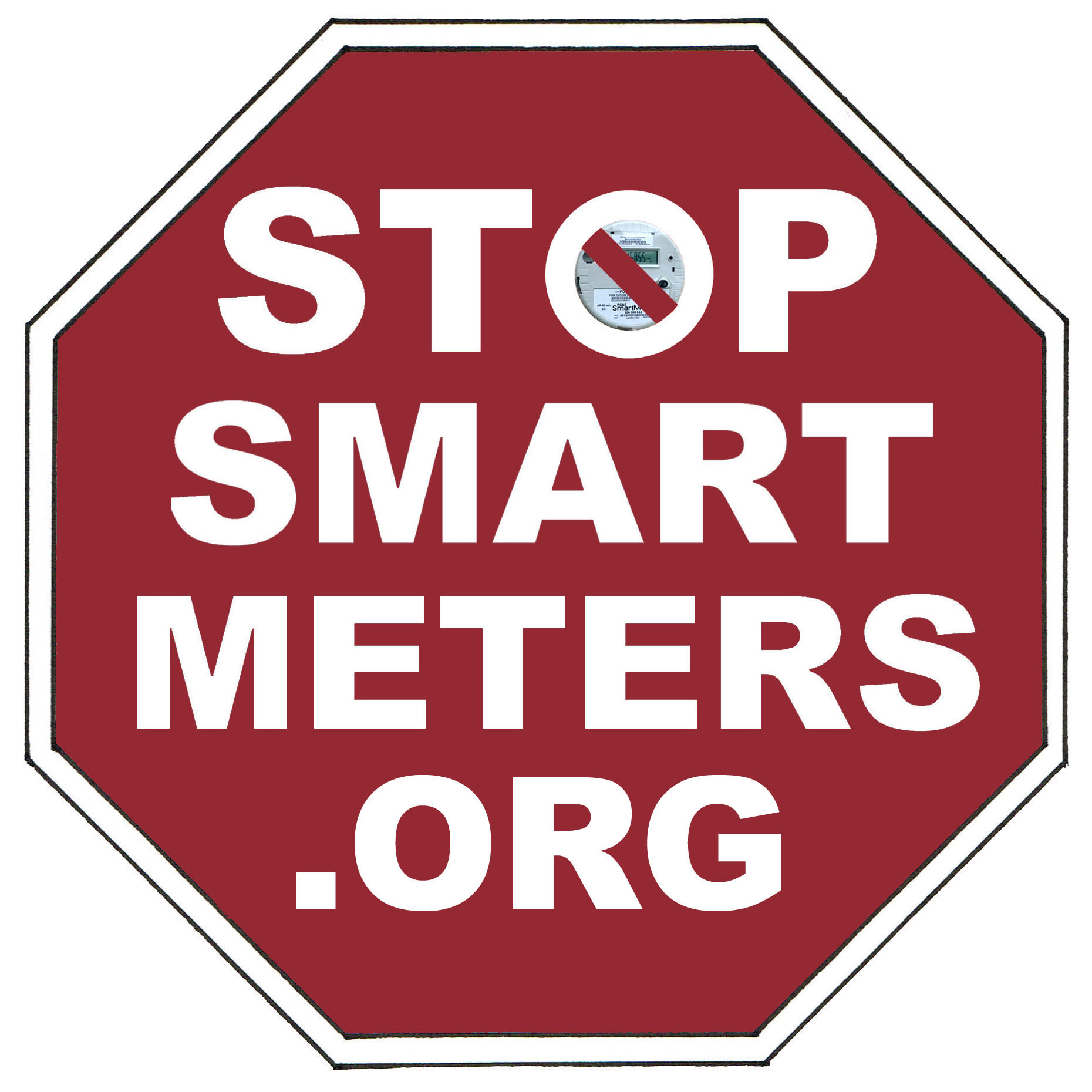

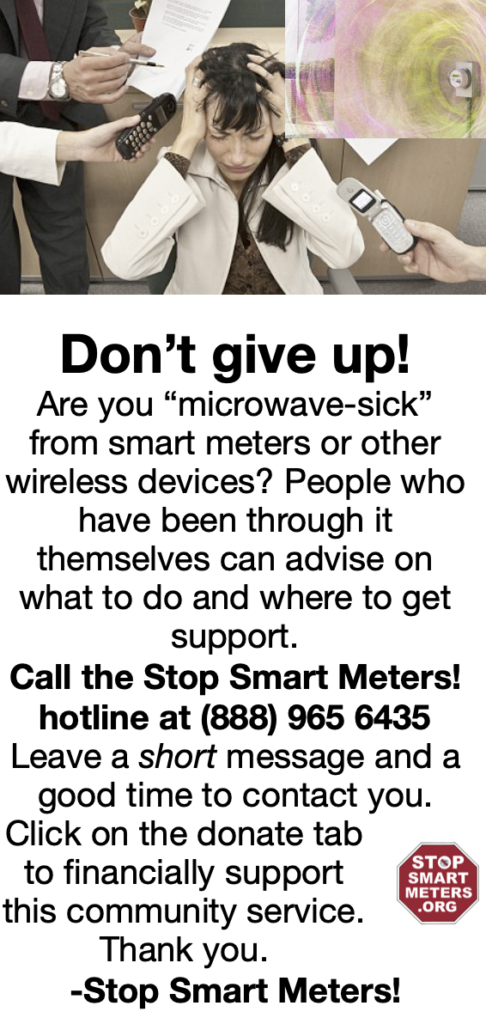
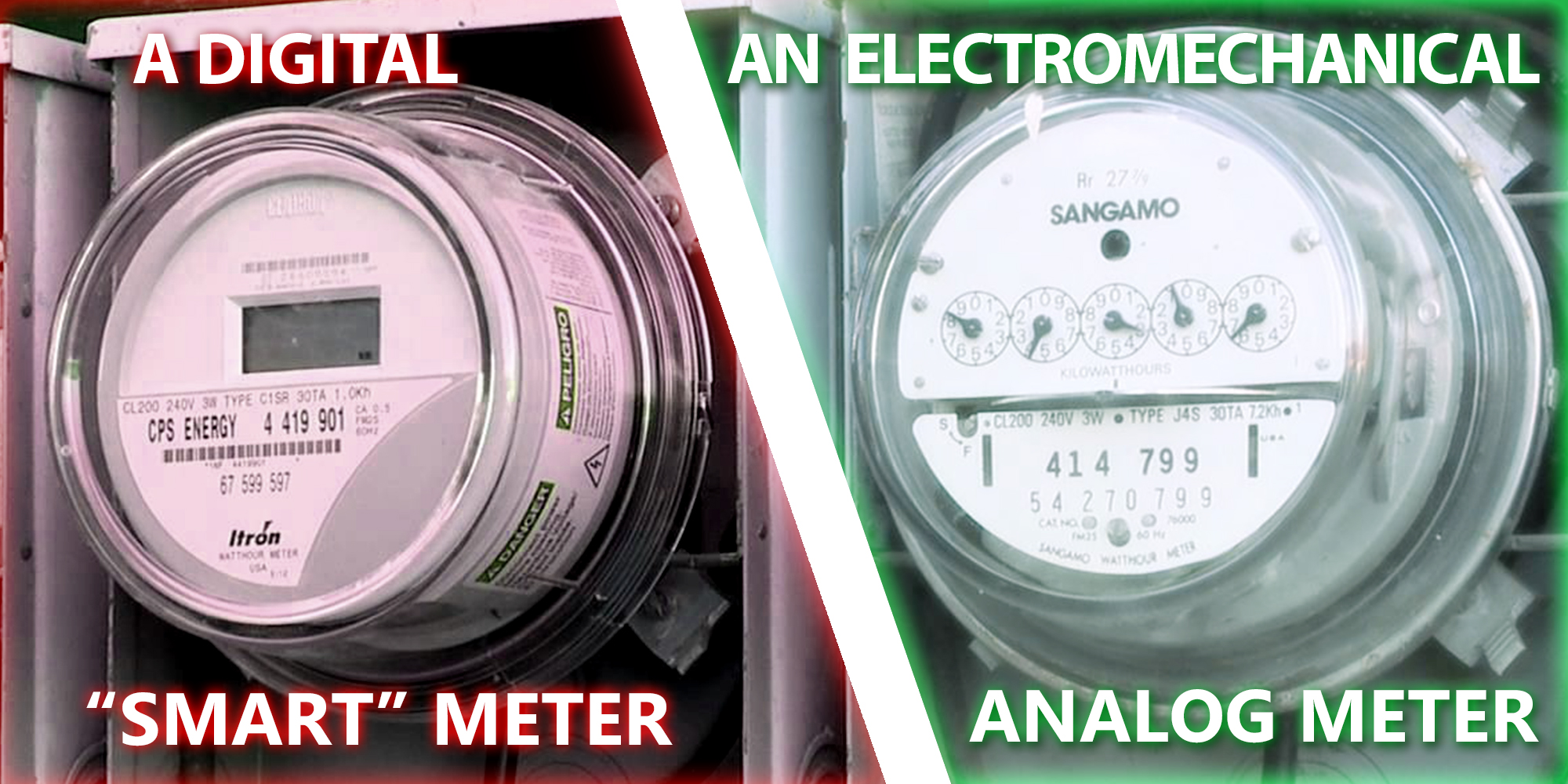

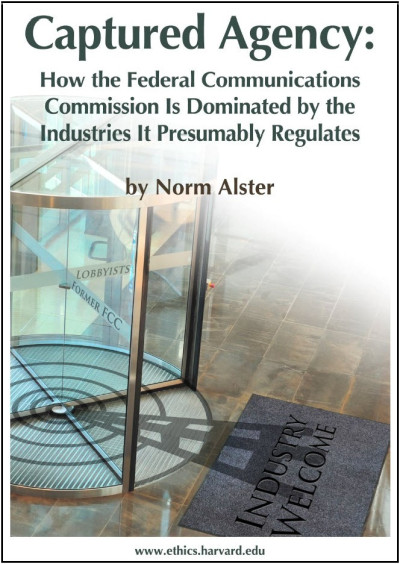

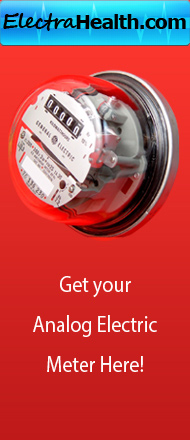
The radiation from Smart meters is so highly toxic to us, our animals and our environment.
We have to feel safe and healthy in our own homes and not be forced to extremely high levels of toxic radiation that make me and many others fell horrific.
Please stop the installation of any more Smart Meters ASAP.
Also, we need to remove the 1000’s already installed to have our human race and environment.
Thank you
Tammie Donnelly
WIRELESS Smart Meters Working 24/7 Are NOT Safe In The Home.
The $3.7 Trillion per year Telecom Industry says there is no “Scientific proof” of danger. But their “Scientific proof” requires 100% proof and almost nothing on this Earth can be proved to the 100% level.
When people step off a cliff and fall 1,000 feet or jump off of a bridge and land on the freeway, there is NOT 100% chance that they will die. So the Telecommunication Industry including PG&E says “No proof.” But for you and I and our children, reasonable choices are made WITHOUT 100% proof. For you and I and our children, 99.9% is quite sufficient to make reasonable choices. In fact anything approaching 50% is worth avoiding especially when it could be persistent in our homes and living environments.
Remember that the commercial tobacco industry and all the government agencies said for about 70 years that there was NO PROOF that cigarette smoking is bad for your health.
Forced WIRELESS utility meters on our homes is worse than cigarettes because cigarettes are ONLY used by choice and people can avoid places where cigarettes are smoked if they are sensitive to that level of cigarette contact. Wireless meters on our homes and business cannot be avoided by anyone, even those who are immediately sensitive to them and those that become injured by them. There is literally no place to hide. Just because the radiation from the WIRELESS devices is invisible, does not make it any less damaging.
The night is when adults sleep and rejuvenate their bodies via natural biologic electronic messaging throughout their bodies. CHILDREN have millions of specific and delicate electronic signals from their brains to cells and from cells to cells that are responsible for the growth and development of every organ, system, and body function in their bodies.
Why in the world would anyone want a WIRELESS electronic pulsing device sending signals 24/7 literally through their children’s bodies, competing and interfering with internal biologic electronic signals that are programmed for the development of their children’s normal and healthy lives!
WIRE THE METERS AND SEND THE SIGNALS THROUGH SHIELDED CABLES.
Watch this short video on wireless radiation – it might save your kid’s life:
http://www.youtube.com/watch?v=dsf1ujR4pkU
This is crazy stuff. What part of “radioactive grid” do people not understand? We need to stop this insane rollout of this dangerous technology.
Pingback: State Ratepayer Advocate Says California Public Utilities Commission Should Address Smart Meter Concerns | Sunroom Desk
Pingback: Rackets, Scams, Hotspot Schools & Pushback – Digest 10-27-10 | eon3EMFblog.net
but as the goverment profits from tobacco why should they listen to any comparasons